1. Introduction to the Taj Mahal in India
The Taj Mahal in India is one of the most famous architectural structures in the world (Image source: Collected).
The Taj Mahal in India is one of the world's most famous architectural wonders, a symbol of eternal love, and one of the New Seven Wonders of the World. Located on the banks of the Yamuna River in Agra, Uttar Pradesh, the Taj Mahal attracts millions of visitors every year thanks to its magnificent beauty and the touching love story of Emperor Shah Jahan for Empress Mumtaz Mahal.
With its exquisite design and harmonious blend of Islamic, Persian, and Indian art, the Taj Mahal in India is not only an architectural masterpiece but also a UNESCO World Heritage site. Visiting the Taj Mahal, tourists can admire the mausoleum's breathtaking beauty and learn about its history, architecture, and the mysteries surrounding this magnificent structure.
2. The history of the Taj Mahal in India
The Taj Mahal in India was built in the 17th century by order of the Mughal Emperor Shah Jahan (Image source: Collected).
The Taj Mahal in India was built in the 17th century by order of Mughal Emperor Shah Jahan to commemorate his beloved wife Mumtaz Mahal, who died giving birth to their 14th child. Construction began in 1632 and took approximately 20 years to complete, involving more than 20,000 craftsmen and artisans from around the world.
According to historical records, Shah Jahan was deeply saddened by the death of Mumtaz Mahal and decided to build a magnificent mausoleum to honor their love. The Taj Mahal in India is not only the resting place of the queen but also a testament to their undying love, becoming an enduring symbol for centuries.
Although Shah Jahan planned to build a mausoleum for himself opposite the Taj Mahal made of black marble, he was overthrown by his son Aurangzeb and imprisoned until the end of his life. After his death, Shah Jahan was buried in the Taj Mahal itself, next to his beloved wife.
3. The unique architecture of the Taj Mahal in India
The architecture of the Taj Mahal in India is a sophisticated blend of Islamic, Persian, and Indian styles. (Image source: Collected)
The architecture of the Taj Mahal in India is a sophisticated blend of Islamic, Persian, and Indian styles, creating a perfect, balanced, and artistic whole. The structure is built entirely of solid white marble, intricately carved and decorated with thousands of precious stones.
The main mausoleum of the Taj Mahal in India is octagonal in shape, with a 73-meter-high central dome designed in the Persian style, creating a striking focal point within the vast grounds. At the four corners of the mausoleum are four 40-meter-high minarets, built slightly angled outwards to ensure safety in the event of an earthquake.
Beyond the main mausoleum, the Taj Mahal in India also includes a vast Mughal garden, a mosque, and a guesthouse opposite. The garden is designed in the Persian style with straight pathways, reflecting pools, and lush greenery, creating a serene and peaceful atmosphere.
4. Special things about the Taj Mahal in India
One of the things that makes the Taj Mahal in India so special is its changing colors throughout the day (Image source: Collected).
One of the things that makes the Taj Mahal in India so special is its changing colors throughout the day. In the morning, the Taj Mahal is a pale pink, at midday it turns pure white, and as dusk falls, the temple takes on a magical golden-orange hue. On full moon nights, the light reflecting off the white marble surface makes the Taj Mahal even more luminous and mysterious than ever.
Another unique feature of the Taj Mahal in India is that the inscriptions on the walls are all written in Arabic, and are excerpts from the Quran. This carving technique is meticulously executed using black onyx stone, creating a striking effect against the white marble background.
Furthermore, the Taj Mahal is renowned for its perfect symmetry. No matter the angle from which it is viewed, visitors will see the structure's absolute balance, showcasing the superior engineering skills of the Mughal artisans.
5. Experience a visit to the Taj Mahal in India.
Visitors should begin their journey from the main south gate to admire the panoramic view of the mausoleum (Image source: Collected).
When visiting the Taj Mahal in India, tourists should begin their journey from the main south gate to admire the entire mausoleum in the best possible frame. Walking along the path leading into the grounds, you will feel the serene and solemn beauty of the structure.
An unmissable experience is viewing the Taj Mahal from the banks of the Yamuna River, where the magnificent image of the mausoleum is reflected on the water's surface. Alternatively, you can visit Mehtab Bagh – the garden opposite the Taj Mahal – for a panoramic view from afar, especially at sunset or sunrise.
Because the Taj Mahal in India is an important religious and historical site, visitors need to adhere to regulations such as not bringing metal objects, not touching the carved walls, and maintaining cleanliness.
6. The ideal time to visit the Taj Mahal in India
The best time to explore the Taj Mahal in India is during autumn and winter (Image source: Collected).
The best time to explore the Taj Mahal in India is during autumn and winter, from October to March, when the weather is cool and not too hot. Visitors should arrive early in the morning or late in the afternoon to avoid crowds and have the opportunity to admire the magical color changes of the structure.
On full moon nights, the Taj Mahal in India opens its doors to visitors at night, offering a unique experience of viewing the temple under the magical moonlight. However, the number of nighttime tickets is limited, so visitors should book in advance to ensure they have the chance to enjoy this spectacle.
The Taj Mahal in India is not only a magnificent architectural masterpiece but also a symbol of eternal love. With its splendid beauty, moving history, and profound cultural values, the Taj Mahal deserves to be one of the must-see destinations when traveling to India. Whether you are a history and architecture enthusiast or simply want to admire one of the world's most beautiful wonders, the Taj Mahal will surely provide you with unforgettable experiences.
Source: https://www.vietravel.com/vn/am-thuc-kham-pha/den-taj-mahal-an-do-v16842.aspx


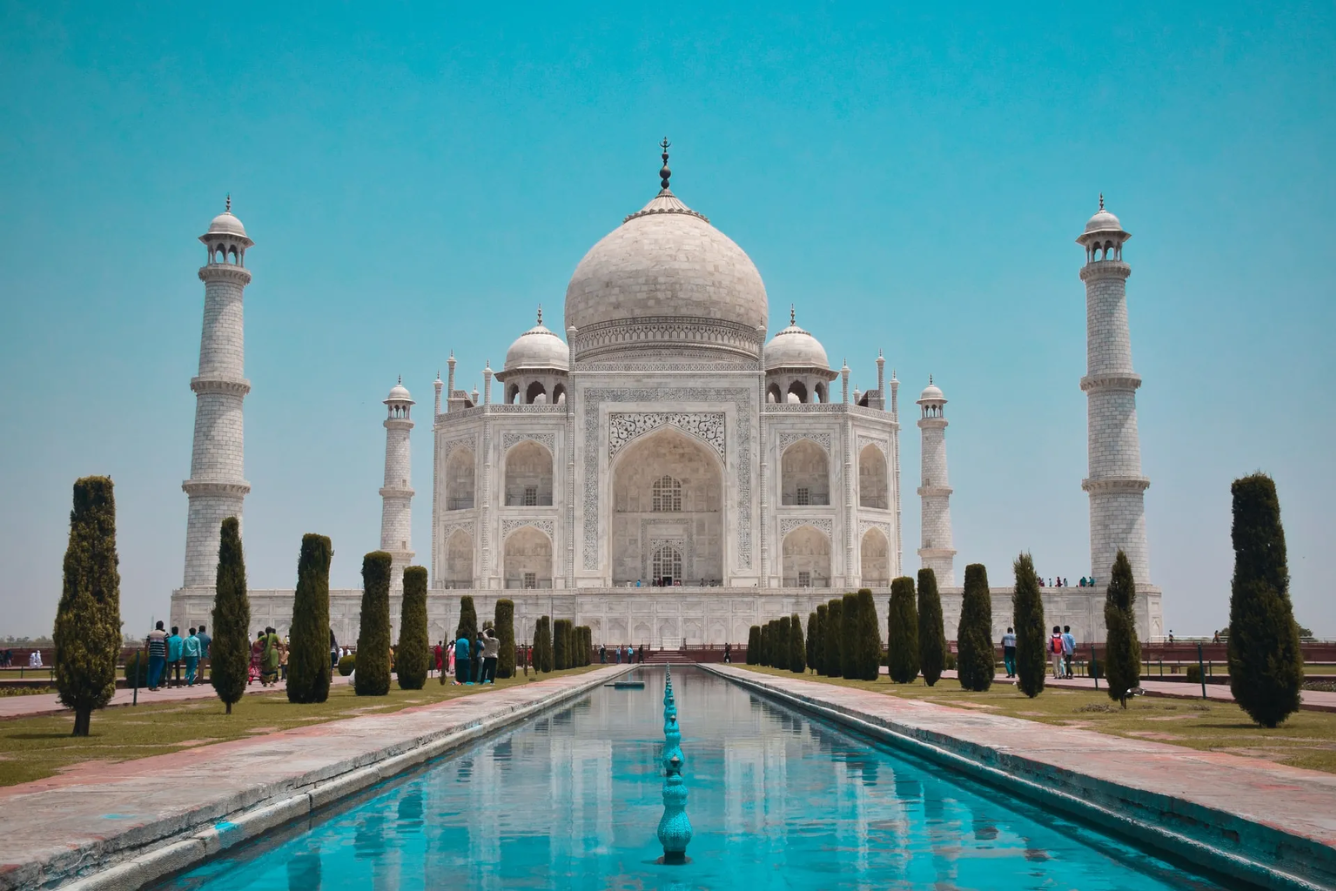
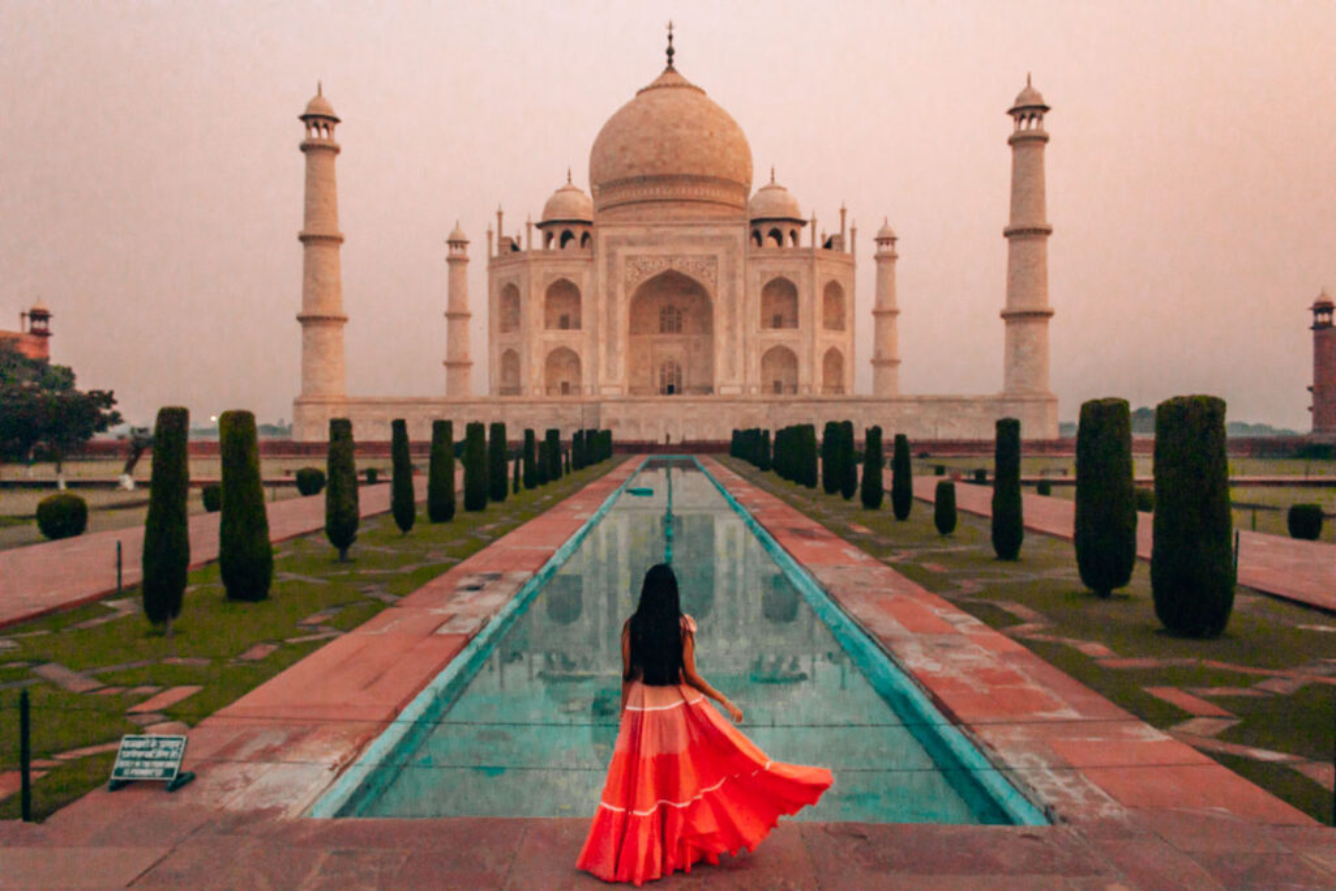
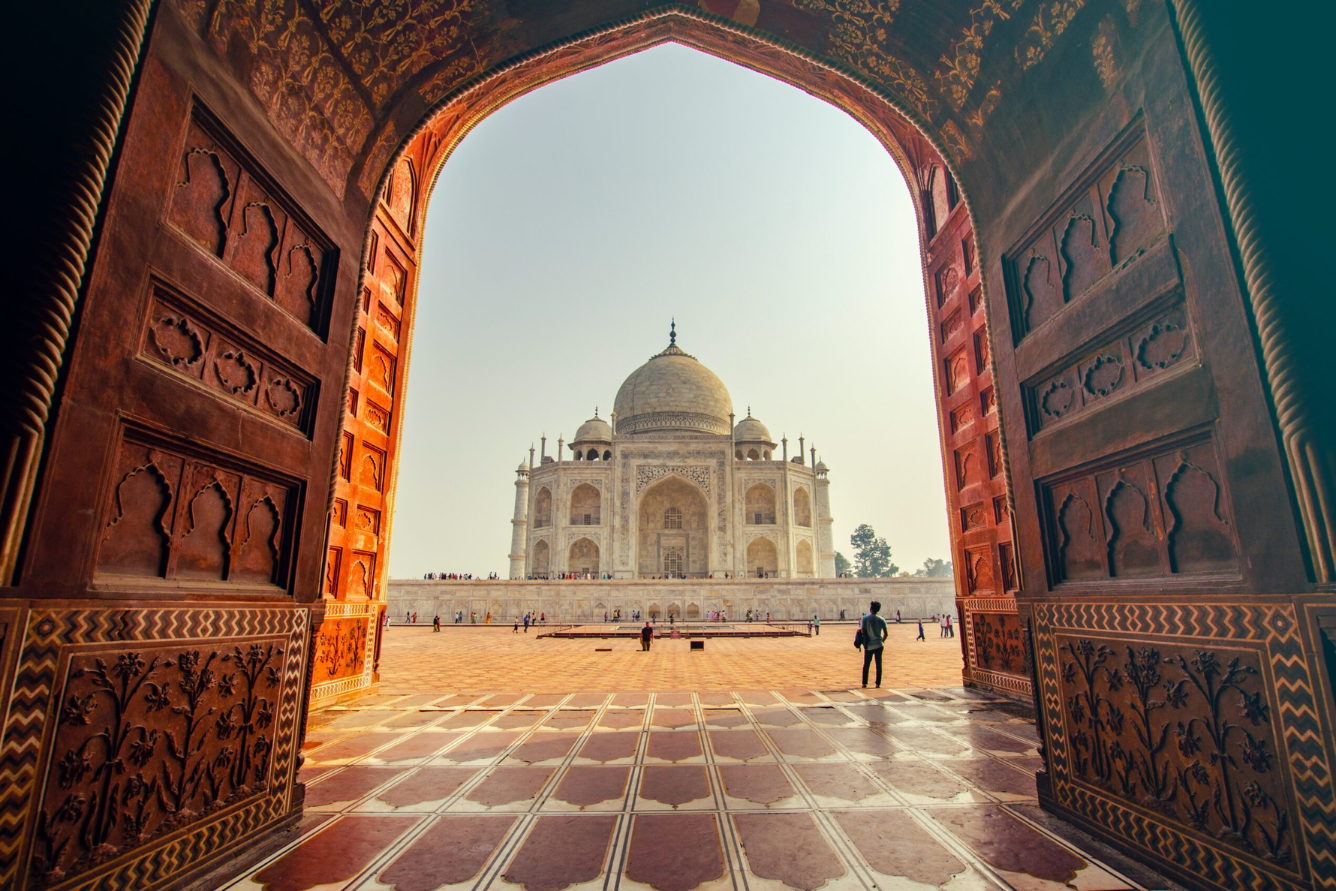
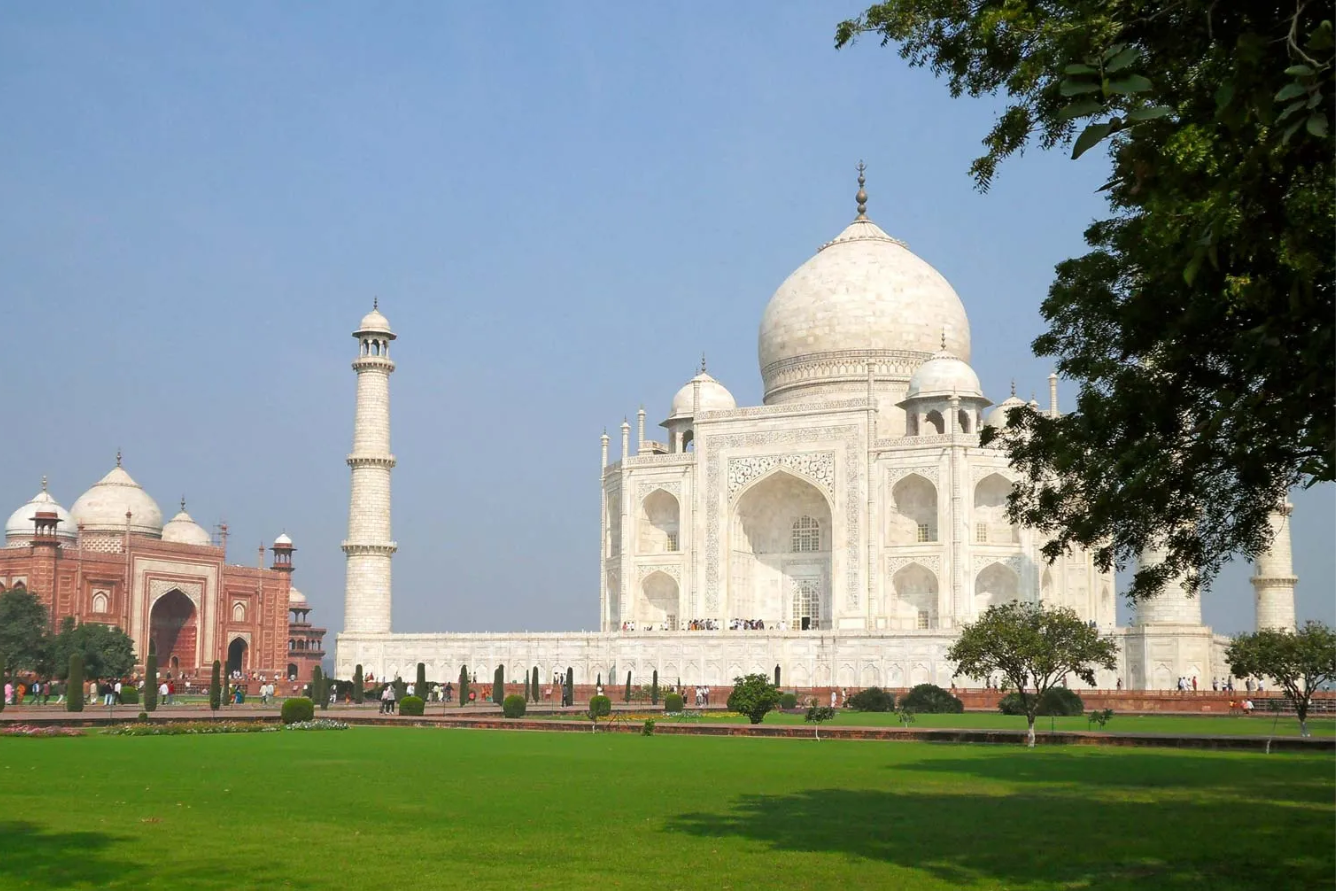
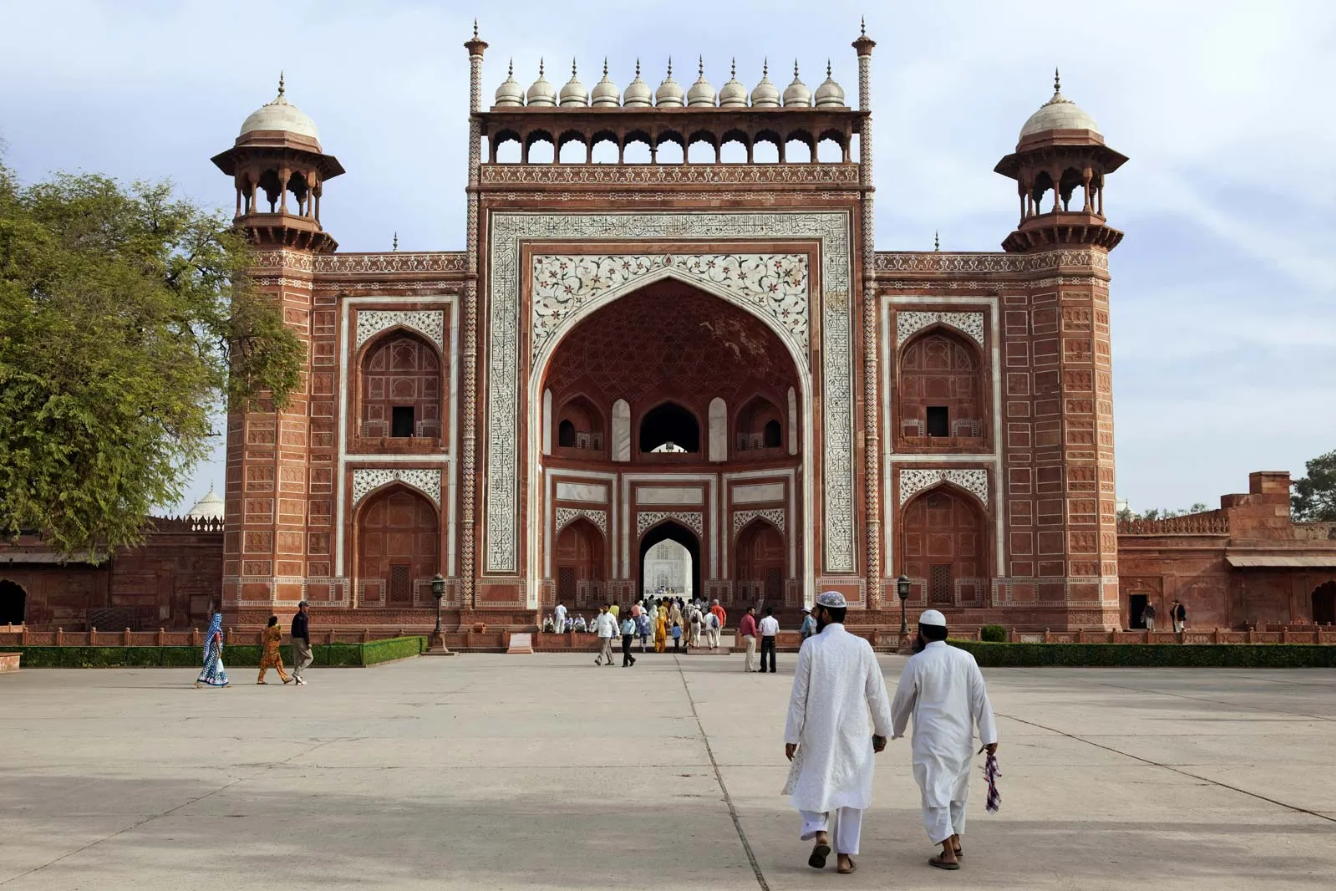
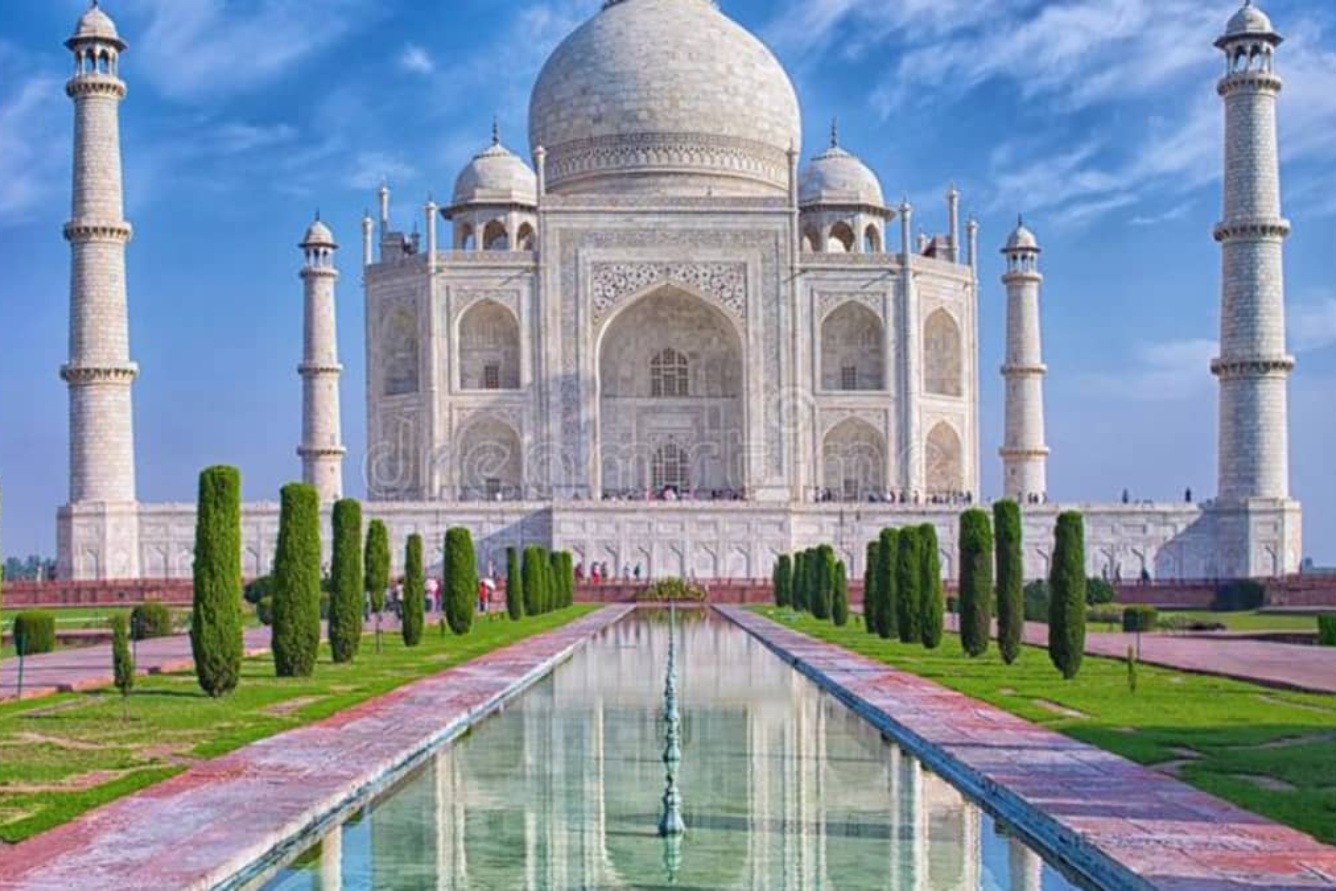






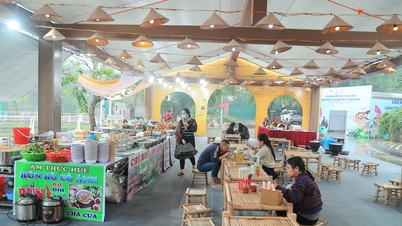

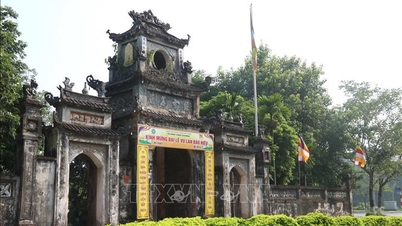



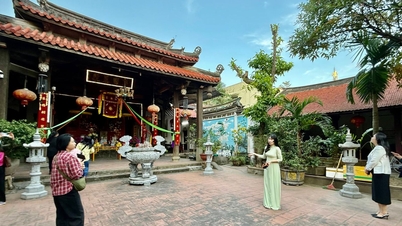
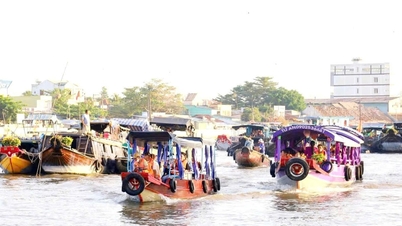




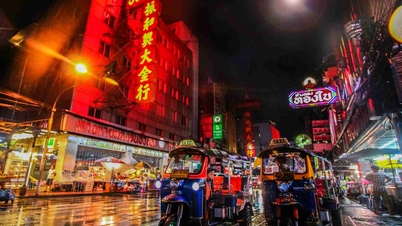

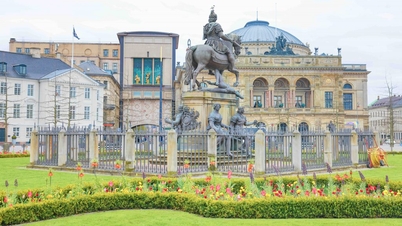
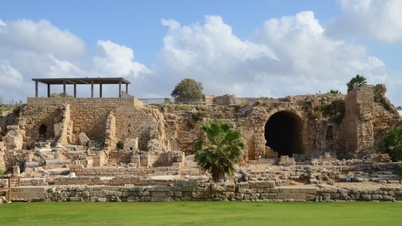

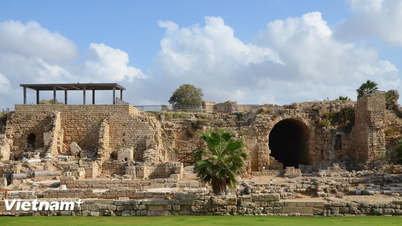

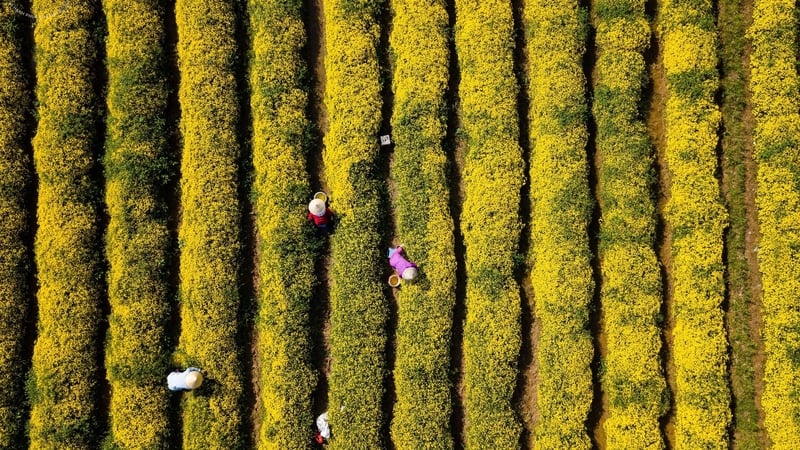

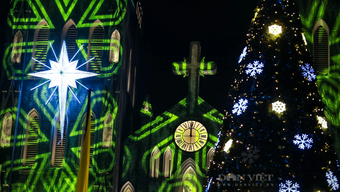

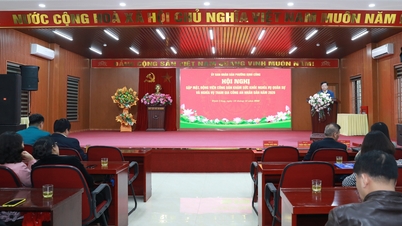







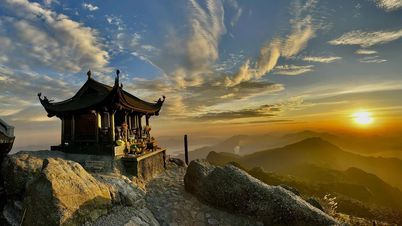







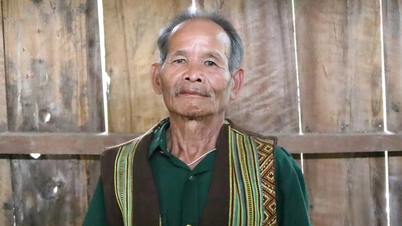










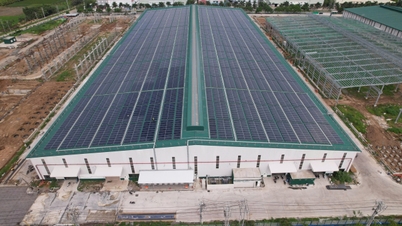



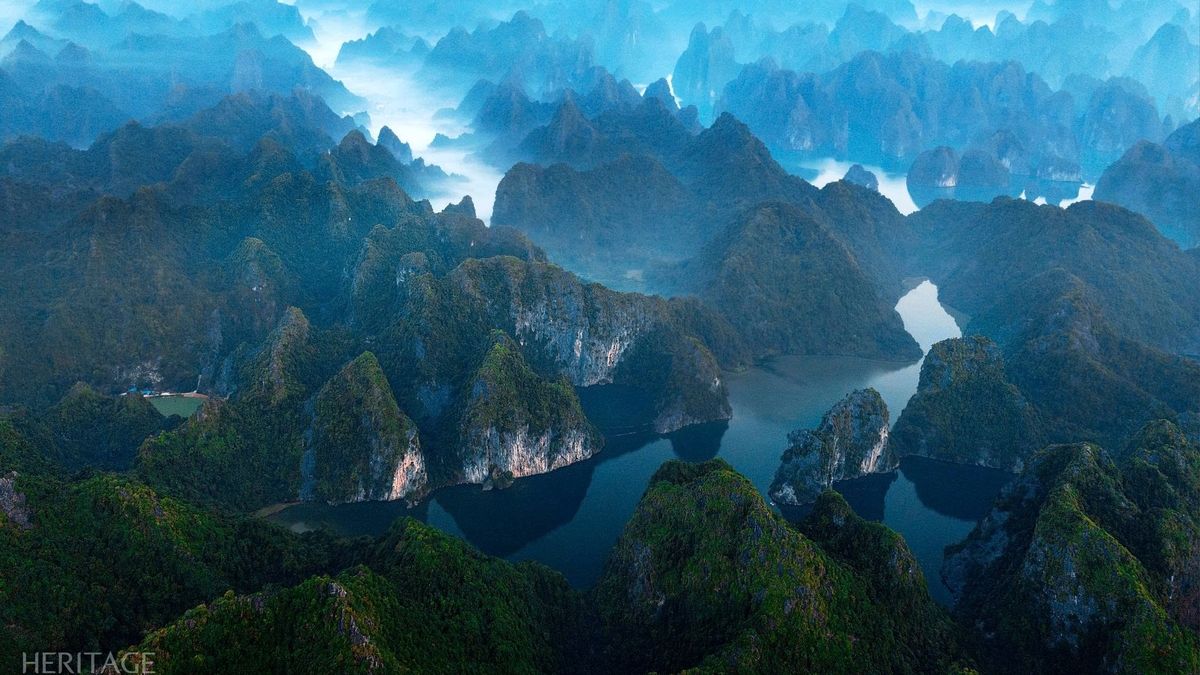






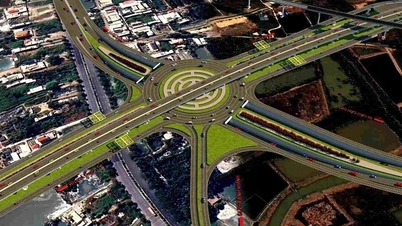



















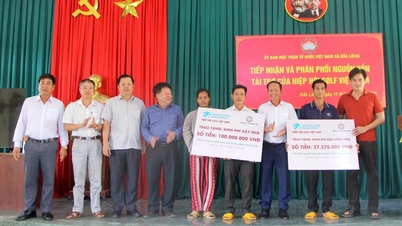


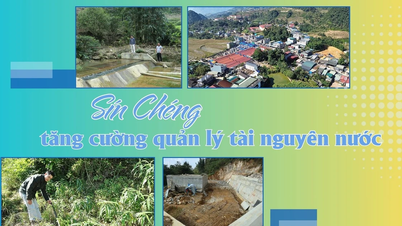

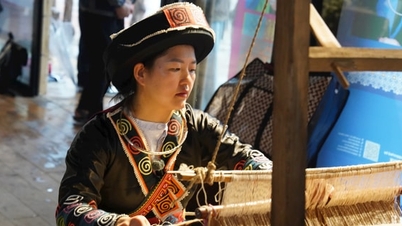













Comment (0)